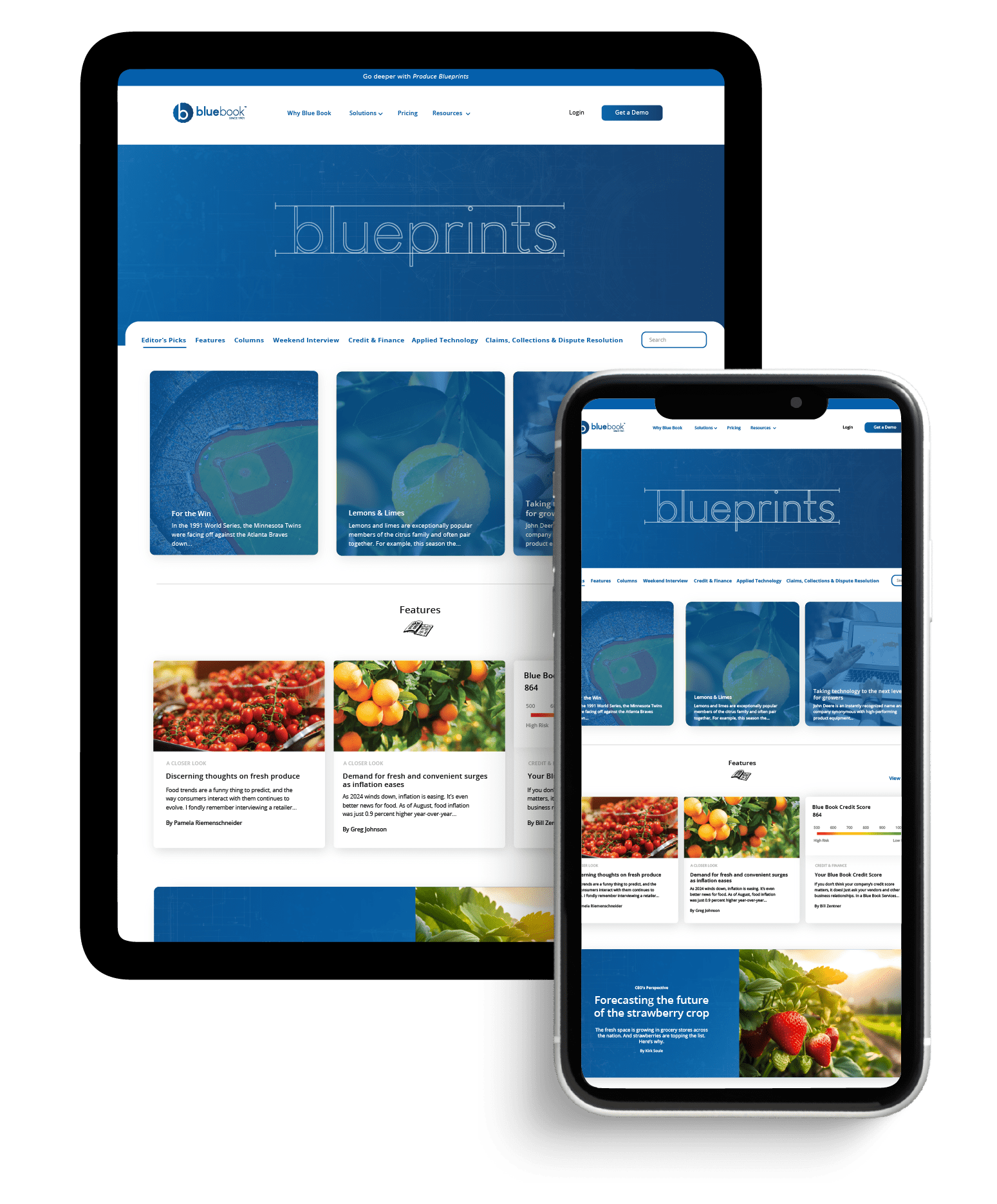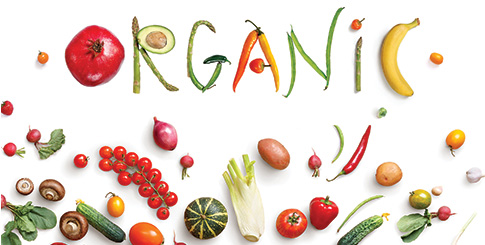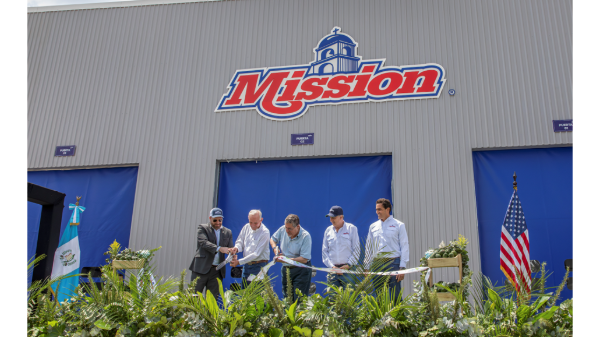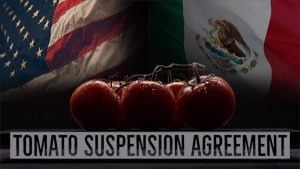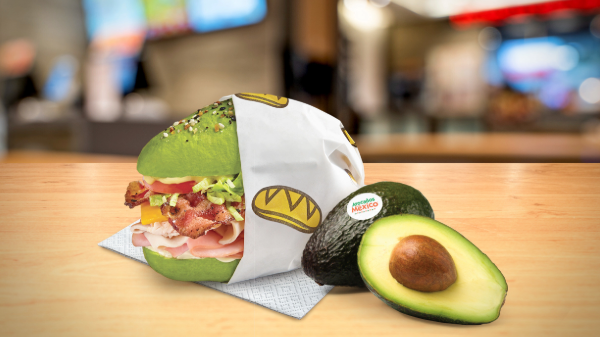Welcome to Blue Book!
Are you ready to join the thousands of companies who rely on Blue Book to drive smarter decisions? View our plans and get started today!
Still have questions? We’d love to show you what Blue Book can do for you. Drop us a line– we’ve been waiting for you.
Although Stefanie Katzman, executive manager for fourth generation S. Katzman Produce Inc., has seen the desire for locally grown East Coast produce flourish, she notes that organics have continued to garner attention and increase in availability as they rise in popularity.

“We’ve seen a lot more players in the game,” she contends, which prompted the company to expand its product line and bring in new organic shippers.
She credits the category’s substantial growth to changes in both retailer and grower focus.
Katzman has witnessed both major chains and smaller retailers “develop organic sections in their stores, as well as some solely organic stores begin to pop up” to meet demand.
An increased number of growers have invested in organic programs as well, and Katzman says she’s seen heightened involvement from technology and resource companies to improve efficiencies and yields, which has then translated into more reasonable pricing, and consequently, greater consumer interest.
“Conventional product is still by far the majority, and definitely an excellent option for consumers,” Katzman notes, but “being able to offer all customers whatever they want is what we’re here to do, and growing our organic department has allowed us to do just that.”
Joseph Fierman & Son Inc. has also started dabbling a little bit more organics.
And, for grower-shipper Kenneth S. Datthyn in upstate New York, near Lake Ontario in Sodus, Eric Tuttle says organic onions have been a very hot commodity. The three-generation farm grows organic onions and cabbage, and also operates a fruit stand.
This is an excerpt from the most recent Produce Blueprints quarterly journal. Click here to read the full article.


